Have you heard about India’s research prowess in Antarctica?
Did you know that India has a working Antarctic Mission in the southern tip of the world? Politically, this region (south of 60 degree latitude) is controlled by the 1959 Antarctic Treaty, which established Antarctic as a region of peace and cooperation.
The unique geographical, ecological and climatic condition enable this region to be a place for research sciences. Due to the severe climatic conditions here, the regions remains to untouched and hence makes it the favourite spot for all streams of research.
India too is studying Antarctica since 1981 on a multidisciplinary scale and based on study in the arid region, the country’s research team has contributed over 300 research publications to the science world.
The Indian Antarctic Programme is a multi-disciplinary, multi-institutional programme under the control of the National Centre for Antarctic and Ocean Research, Ministry of Earth Sciences, Government of India. Under the programme, atmospheric, biological, earth, chemical, and medical sciences are studied by India, which has carried out 35 scientific expeditions to the Antarctic till now.
The research field was expanded with the first expedition to Antarctica in 1981. Dr. S Z Qasim, Secretary of Department of Environment and former Director of NIO was selected as the leader of the 21-member team.
The first expedition team to Antarctica left the Indian shores of Goa on December 6, 1981, on board MV Polar Circle, a chartered ship from Norway. The team reached Antarctica on January 9, 1982 and returned to Goa on February 21, 1982, thus marking the end of their 77-day expedition.
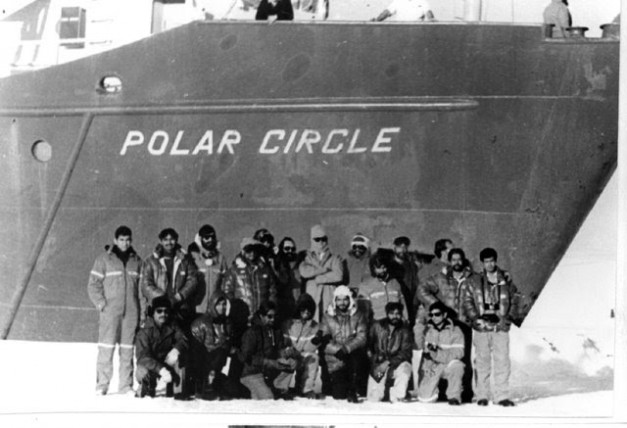
Dakshin Gangotri was the first Indian scientific research base station set up in Antarctica, as a part of the Indian Antarctic Program during the third Indian expedition to Antarctica in 1983-84. This was the first time an Indian team spent a winter in Antarctica to carry out scientific work.
It was located at a distance of 2,500 km from the South Pole,
Dakshin Gangotri was completed in eight weeks by an 81-member team. Indian Army played significiant role in completing the station. The scientists at Dakshin Gangotri celebrated January 26, 1984, – India’s Republic Day – along with Soviet and East German scientists.
Maitri is India’s second permanent research station in Antarctica. It was built and finished in 1989, shortly before the first station Dakshin Gangotri was buried in ice and abandoned in 1990- 91.
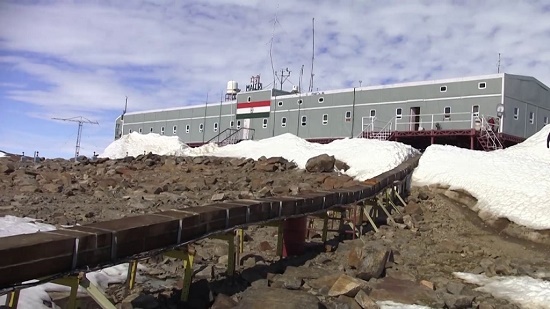
Maitri is situated on the rocky mountainous region in Antarctica called Schirmacher Oasis. India also built a freshwater lake around Maitri known as Lake Priyadarshini.
The research station is only 5 km away from the Russian Novolazarevskaya Station and is equipped to carry out research in various disciplines, such as biology, earth sciences, glaciology, atmospheric sciences, meteorology, cold region engineering, communication, human physiology, and medicine.
Maitri is the gateway to daring scientist who wish to venture out the arid mountainous Antarctica for field studies. Maitri has been hosting summer and winter research teams ever since 1989.
Bharati is India’s latest dedicated research facility in Antarctica and has been operational since 2012. The facility is constructed using 134 recycled shipping containers, to help researchers work in safety despite the harsh weather. The local weather drops down to as low as -89 degree celsius in winters and -25 degree celsius in summer seasons.
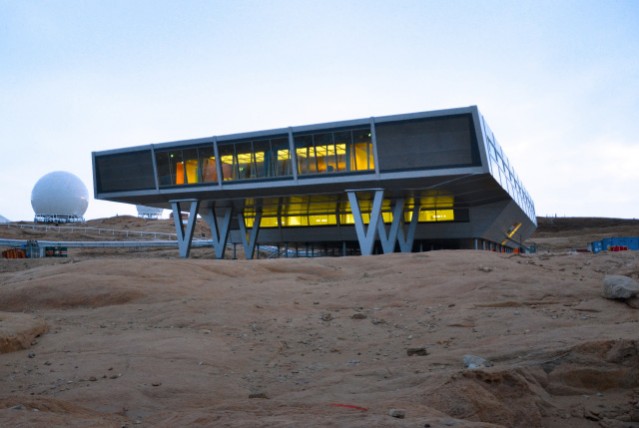
Bharati is however located about 3000 km east of Maitri. The station scientists conduct research on tectonics, oceanography and geological structures.
Additionally, it also facilitates research to refine the current understanding of the Indian subcontinent’s geological history (India and Antarctica were once part of the southern part of the supercontinent Pangaea, called Gondwanaland, and their coastlines have a shared history).
Here is the cover of a letter sent from Bharti Research Station to India, posted through Australia’s Davis Research Station, on March 13, 2012.
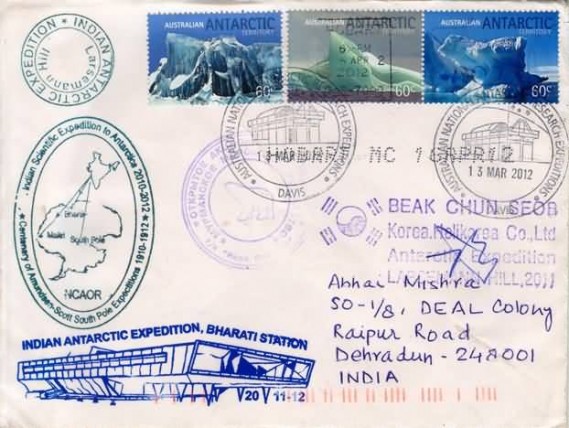
Bharti made India an elite member of the club of nine nations that have multiple stations in the region. The compact yet comfortable research station can accommodate 25 scientists, saving them from the outdoors where temperatures range from -89 degrees Celsius in winter to -25 degrees Celsius in summer.
In 2008, India incepted Sagar Nidhi – an ice class vessel – for facilitating research studies led by National Institute of Ocean Technology (NIOT). The vessel can cut through ice in 40 cm depth and it is India’s first vessel to traverse Antarctic waters.
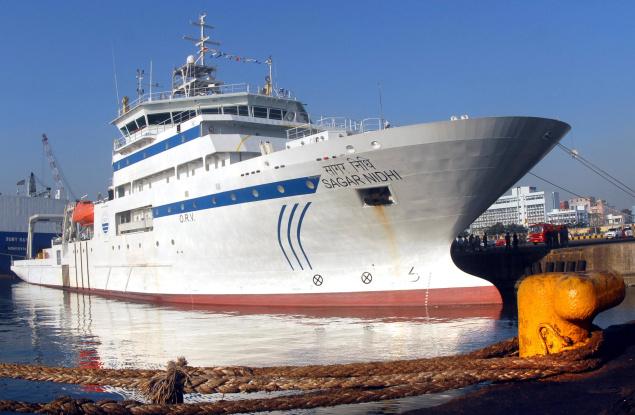
Celebrated Indian geologist Sudipta Sengupta and marine biologist Aditi Pant were part of the Third Indian Expedition to Antarctica that ran from Dec 3, 1983, to March 25, 1984.
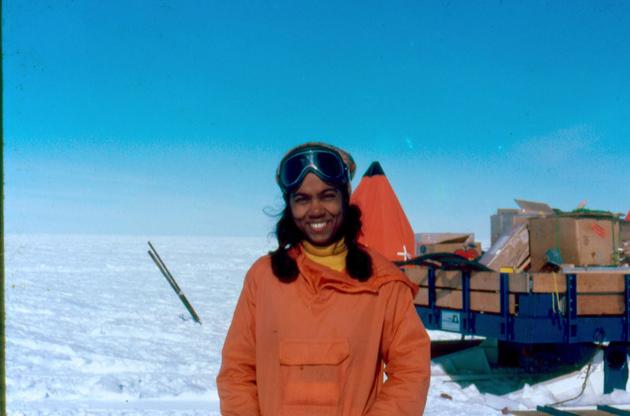
Recounting her experience in Antarctica, Sudipta told The Hindu
“I have been to Antarctica twice. The first time we were there was prior to our stations being built, hence, we camped out in the ice for nearly two months. It was quite hard, especially when braving the winds. We took some packet foods that we would heat on a gas stove using a pressure cooker or pan and eat it. It was a unique experience. Life was hard but simple. I enjoyed working along with other scientists. Though work was our only focus, when we worked together we always had fun joking and laughing. The second time I was there, we stayed at our station. This time around too we stayed for two months. And it was a lot easier as we stayed in the research station. We had frozen food which we could cook.”
Also read:
ISRO creates history by launching 20 satellites simultaneously

OMG-inducing, share-compelling, like-attracting, clutter-breaking, thought-provoking, myth-busting content from the country’s leading content curators. read on...
